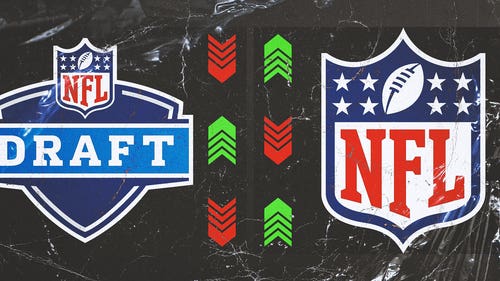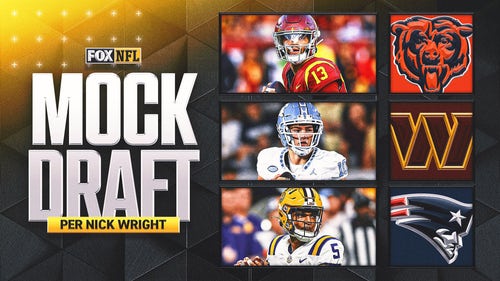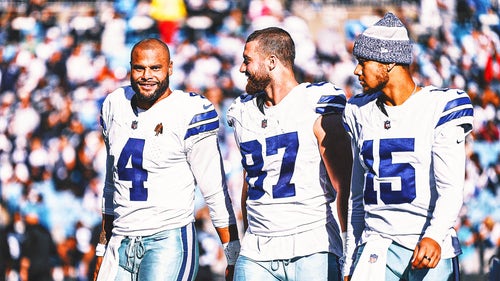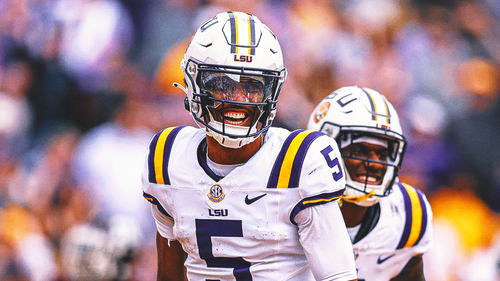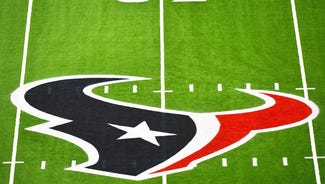
Giants overcome controversial calls
To err is human . . . and replay is divine. At least it normally is.
Good thing for the New York Giants, they didn’t let a controversial call, the NFL’s top-ranked quarterback or the highest-scoring team in the league derail them on their way to a 37-20 upset of the defending Super Bowl champion Green Bay Packers at Lambeau Field on Sunday.
The Packers came into the game averaging 35 points a game, and quarterback Aaron Rogers, who hadn’t played in a game in three weeks, was the top-ranked QB — and most likely MVP of the regular season. But the Giants' defense limited Rogers to only 264 yards on 26-of-46 passing and two touchdowns. He was sacked four times.
One thing the Giants didn’t do was let a questionable call in the first quarter — one that changed the momentum of the game at the time — stop them.
Here was the situation:
Green Bay had the ball, first-and-10 at the Giants 38-yard line with 1:45 left in the first quarter. Rodgers completed a six-yard pass to Greg Jennings, who was tackled by Deon Grant. Jennings fumbled the ball as he was going to the ground, and it was recovered by the Giants’ Kenny Phillips.
On the field, the officials originally ruled it a fumble, then changed it to down by contact. The Giants then challenged the call, claiming that Jennings fumbled prior to being down by contact. But upon review, the call of down by contact was upheld.
Instant replay is a technology-based system in which humans have the final say. In this particular case, there are many humans like myself who didn’t agree with referee Bill Leavy’s decision not to overturn the ruling that was made on the field.
I’m a fan of staying with the call that’s originally made on the field, but in this case, I think there was clear video evidence that the ball was being pulled out of Jennings’ hands before his calf hit the ground. It almost makes me wonder whether they even got to look at the last replay I saw before making the final decision.
The referee has 60 seconds to make a decision once he gets under the hood. Nevertheless, this all boils down to human judgment. In the end, it’s Leavy’s judgment that counts. Not everybody sees things the same way as this clearly shows. Five plays later, the Packers scored a touchdown to tie it at 10.
There was another controversial call — a call of roughing the quarterback against Osi Umenyiora — that led to another Green Bay touchdown in the fourth quarter, but nothing was going to stop the Giants on this day. Not Rodgers, not the Packers' offense and certainly not any controversial calls.
Let’s take a look at some of the other interesting calls from Sunday:
THE GAME: NY Giants at Green Bay
THE SITUATION: Green Bay had the ball, third-and-8 on the Giants 44-yard line with 7:07 remaining in the second quarter. The score was 10-10.
THE PLAY: Giants quarterback Eli Manning completed a 17-yard pass to Jake Ballard, who was tackled by Morgan Burnett. On the play, Manning was hit by the Packers’ Desmond Bishop after he threw the ball. No penalty was called.
MY TAKE: I think this was roughing the passer. The rule book categorizes the types of roughing the passer. It includes such things as hit to the head, hitting passer’s knee or hitting a passer out of the play, etc. It also lists the one-step rule, which for simplicity’s sake would be better described as the two-step rule. The rule states: "Once a pass has been released by a passer, a rushing defender may make direct contact with the passer only up through the rusher’s first step after such release (prior to second step hitting the ground); thereafter, the rusher must be making an attempt to avoid contact and must not continue to drive through or otherwise forcibly contact the passer." Therefore, I think a foul should have been called, and I think Burnett can expect a letter from the league.
THE GAME: Houston at Baltimore
THE SITUATION: Houston had the ball, first-and-10 at the Baltimore 38-yard line with 2:17 remaining in the game. Baltimore led 20-13.
THE PLAY: Texans quarterback T.J. Yates attempted a deep pass to Andre Johnson that was intercepted by Ed Reed at the Baltimore 4-yard line.
MY TAKE: Reed intercepted the ball at the 4-yard line, but his momentum took him into the end zone and he went down. Many people tweeted me asking why it wasn't a safety. It was — until 1995. But that year NFL owners passed a rule that any interception whose momentum forces the defender, and the ball, into the end zone is ruled dead. The ball is then put into play at the spot of the interception. It was clearly not fair to rule such a play a safety, and that’s why the new rule was instituted. It was later modified to include all recoveries of loose balls, including kicks and fumble recoveries. The ball ends up being spotted where the interception occurred, and in Reed’s case, his second foot came down at the 4.
THE GAME: Houston at Baltimore
THE SITUATION: Baltimore had the ball, second-and-4 from the Baltimore 46-yard line with 8:13 left in the first quarter. Baltimore led 7-3.
THE PLAY: Ravens quarterback Joe Flacco completed a 21-yard pass to Anquan Boldin at the right sideline, and he was tackled by Kareem Jackson.
MY TAKE: A lot of people thought this was a catch because Boldin had his left foot down and then his hand hit in bounds before his right foot came down out of bounds. That seems logical, but the definition of a catch is in rule 3, section 2, article 7 that states: "To gain possession of a loose ball a player must have complete control of the ball and have both feet or any other part of his body other than his hand completely on the ground in bounds." Therefore, the question became did Boldin get both feet down before the right foot came down out of bounds? I think I would have challenged this; however, I think I would have lost. It looked like the right toe may have been down with Boldin in control of the ball. Without more angles of the replay to look at, I do believe that referee Pete Morelli would have let the call stand. Ultimately, I think it was a good decision by Houston coach Gary Kubiak not to challenge.
THE GAME: Houston at Baltimore
THE SITUATION: Houston had the ball, first-and-10 at the Houston 14-yard line with 10:37 left in the second quarter. Baltimore led 17-6.
THE PLAY: Texans running back Arian Foster carried the ball around left end for 28 yards and was pulled down by Baltimore’s Ed Reed. The Ravens challenged the runner was in bounds ruling, and the play was upheld. Baltimore lost a timeout.
MY TAKE: Two things to talk about on this play: the challenge and the lack of a horse collar call. I believe the Ravens challenged the call based on what they saw on the Jumbotron inside their stadium. You could hear the reaction of the crowd, which would seem to indicate that the crowd thought Foster had stepped out of bounds. The problem with that is, unlike TV replays, the Jumbotron does not have HD-quality replays. TV replays clearly showed Foster stayed in bounds. On the second point, I got many tweets suggesting that Reed used a horse collar to drag Foster out of bounds. The key word on this play would be "immediate." In order for this to be a horse collar, Foster would have had to have been pulled down immediately or had his knees buckle immediately, which was not the case. There was not enough of anything to make this a horse collar call. Not a great challenge by Ravens coach John Harbaugh.








































































































































